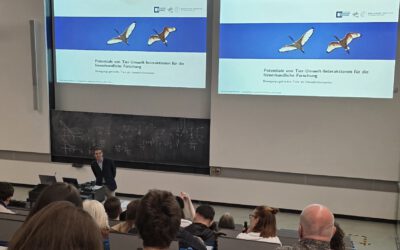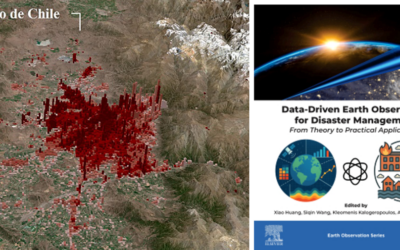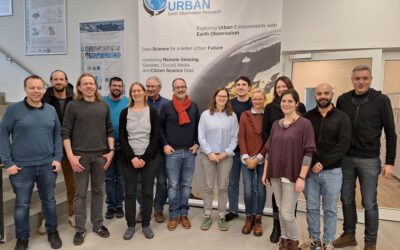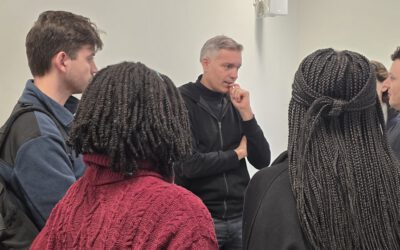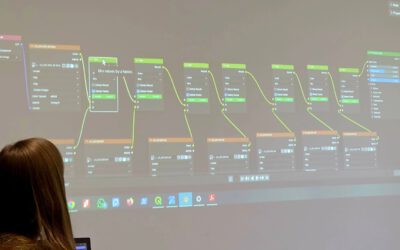Figure 1. Image-wise comparison of normalized difference vegetation index (NDVI) obtained from Landsat and the spatial and temporal reflectance adaptive reflectance fusion model (STARFM) of a 30-meter spatial resolution on DOY 155 (4 June); (left) NDVI image obtained from Landsat 8 (right) NDVI image obtained from the STARFM. Two subset maps at the bottom show a detailed spatial comparison of Plot 1, Plot 2, and Plot 4 on one of the winter wheat fields of the study region. The legend at the bottom center of the images shows the NDVI range from high: 1 (green) to low: <0 (red).
The article entitled “Modelling Crop Biomass from Synthetic Remote Sensing Time Series: Example for the DEMMIN Test Site, Germany” is published in the remote sensing journal of MDPI. This open-access article is published as a feature paper in a special issue named “Multi-Sensor Data Fusion and Analysis of Multi-Temporal Remote Sensed Imagery”.
This study compares the performance of the five widely used crop growth models (CGMs): World Food Studies (WOFOST), Coalition for Environmentally Responsible Economies (CERES)-Wheat, AquaCrop, cropping systems simulation model (CropSyst), and the semi-empiric light use efficiency approach (LUE) for the prediction of winter wheat biomass on the Durable Environmental Multidisciplinary Monitoring Information Network (DEMMIN) test site, Germany. The study focuses on the use of remote sensing (RS) data, acquired in 2015, in CGMs, as they offer spatial information on the actual conditions of the vegetation. Along with this, the study investigates the data fusion of Landsat (30 m) and Moderate Resolution Imaging Spectroradiometer (MODIS) (500 m) data using the spatial and temporal reflectance adaptive reflectance fusion model (STARFM) fusion algorithm.
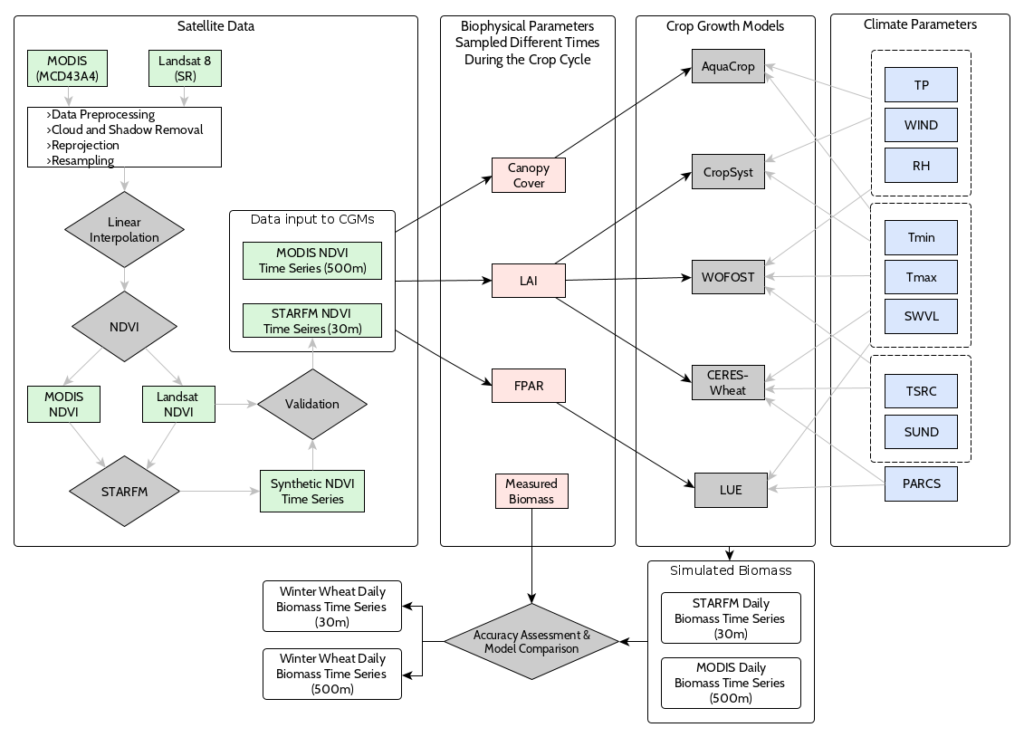
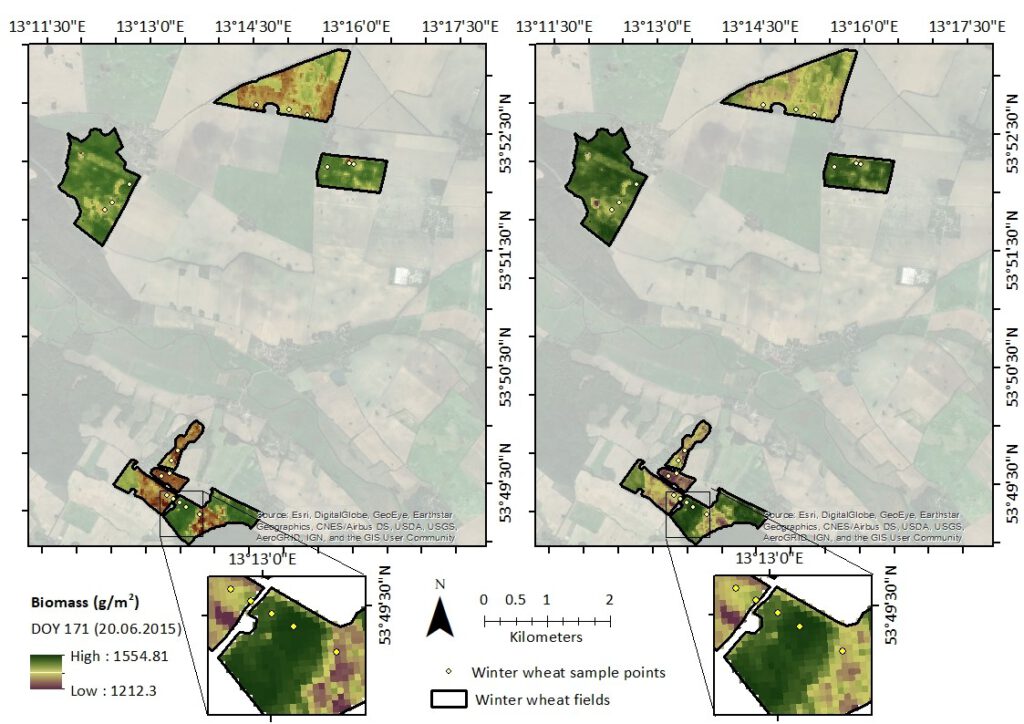
The article is co-authored by the colleagues of the Department of Remote Sensing, University of Wuerzburg (Maninder Singh Dhillon, Thorsten Dahms, Carina Kuebert-Flock), DLR Neustrelitz (Erik Borg), Department of Geoecology and Physical Geography, Martin-Luther-University Halle-Wittenberg (Christopher Conrad), and the Department of Physical Geography, University of Wuerzburg (Tobias Ullmann).
Reference:
Dhillon, M.S.; Dahms, T.; Kuebert-Flock, C.; Borg, E.; Conrad, C.; Ullmann, T. Modelling Crop Biomass from Synthetic Remote Sensing Time Series: Example for the DEMMIN Test Site, Germany. Remote Sens. 2020, 12, 1819.



